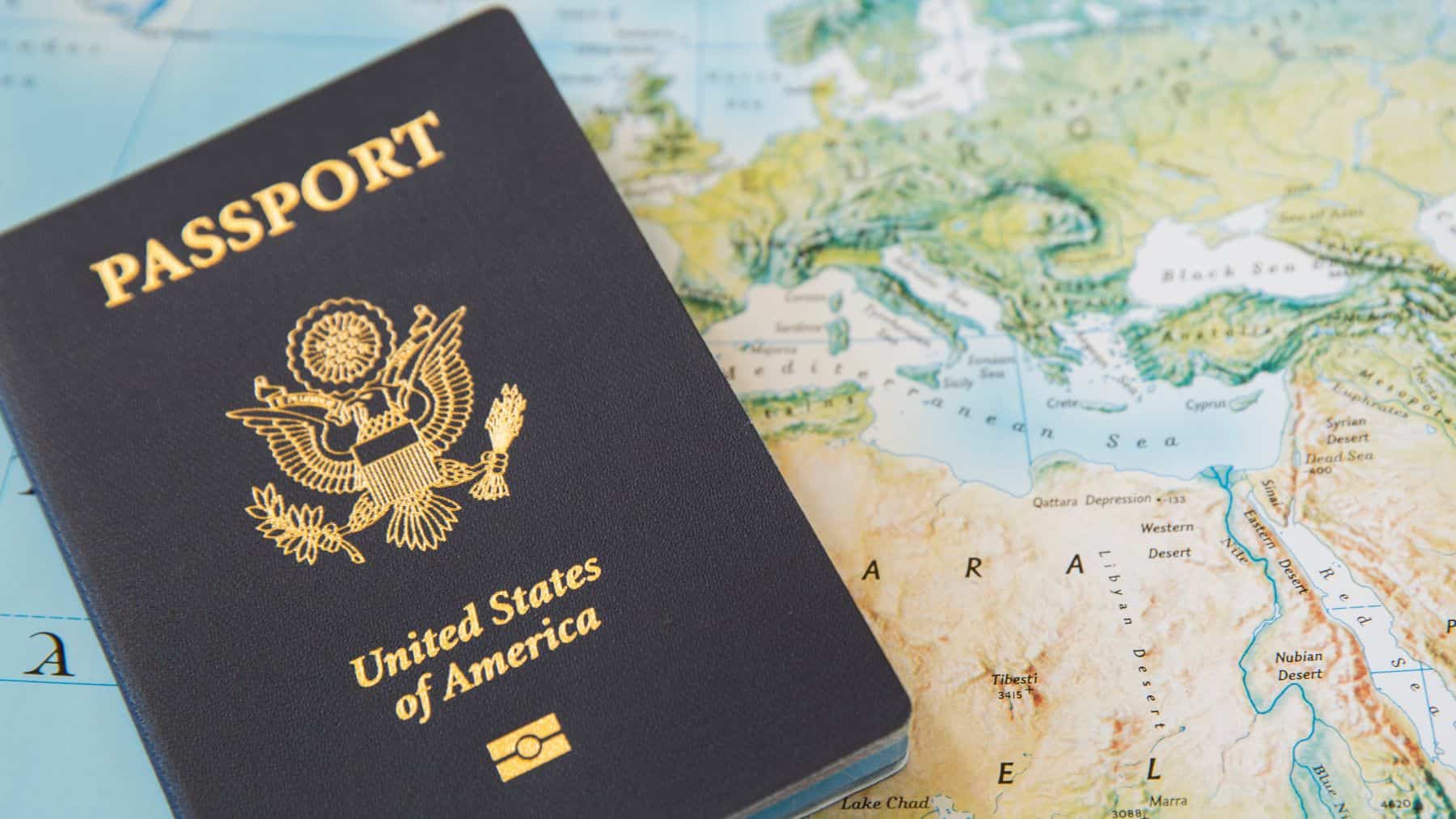Travel
If you’re traveling outside the United States this Christmas, you’ll have to meet a new requirement to enter the European Union – it’s now official

If you’re planning to travel to Europe, keep in mind that things are changing.
While for years, Americans have been able to enter and leave Europe with virtually no restrictions or excessive controls (for example, some American companies land at Charles de Gaulle in Paris as if they were European), now, starting in November, they will have to face additional bureaucracy.
What has happened?
There have been three tough years of deliberations from Brussels in which they have tried to toughen up and deal with challenges such as irregular migration, so Europe is reinforcing its border policy precisely for this reason.
When does this change begin?
It will be from November (November 10th to be exact) when, if you are American, you will have to wait to have your fingerprints taken and registered before freely entering European soil.
And no, there is no way to avoid it.
Why are controls for Americans being tightened?
According to EU Commissioner Ylva Johansson, the European Union’s Entry/Exit System (EES) is not new, but it will be the first time it has been put into operation in an attempt to modernise the borders of the old continent.
What is the EES?
In case you still have doubts, we will explain, don’t worry.
It is a biometric system that will use the traveller’s digital photograph, personal information and fingerprints (practically the same as our mobile phone does to be blocked).
With this change, it will be attempted to ensure that no one stays on the continent longer than is regulated by law (because, among other things, the EES will also control the duration of the traveller’s stay)
As an American, 90 days is the maximum allowed for you to stay on the European continent. When you get off the plane, an official will stamp your passport and that will be your entry. From that moment until you leave, the maximum allowed period is 90 days. However, you can move around the Schengen Area (a project for free movement in Europe in which there are now 28 countries through which you can freely move).
What will happen after November 10?
Forget about having your passport stamped, because that will be obsolete after this date, and say hello to the new digital controls (which American citizens will have to get used to), because you will have to register your biometric data when you arrive in Europe (your data will remain in the registry for three years, though, so it’s a little help if you are a frequent traveller to the European continent).
What about ETIAS? What is it?
ETIAS will be a travel permit that will soon be launched in Europe and will be an entry authorization system that will start operating from 2025. Once it is operational, you will not be allowed to board flights to Europe unless you have been previously evaluated and submitted an application in advance (all online, no need to go to the consulate).
In reality, this measure is expected to be quite quick and easy (especially for American travellers, since they are considered “low risk”), so we doubt that processing the application will take more than a few minutes and then immediate approval will be obtained.
However, to obtain this permit you will have to pay a fee of €7, and remember that having a valid ETIAS will not guarantee that you can enter Europe, it will be the border officials who will decide whether you can enter the continent or not (if you have exceeded the 90-day rule on some occasions, it may be a little more difficult for them to let you through next time). However, you will not have to go through this control every time or every time you leave a block.
We will see how things develop and if this turns out to be an effective measure to speed up and keep tourists under control!







)

